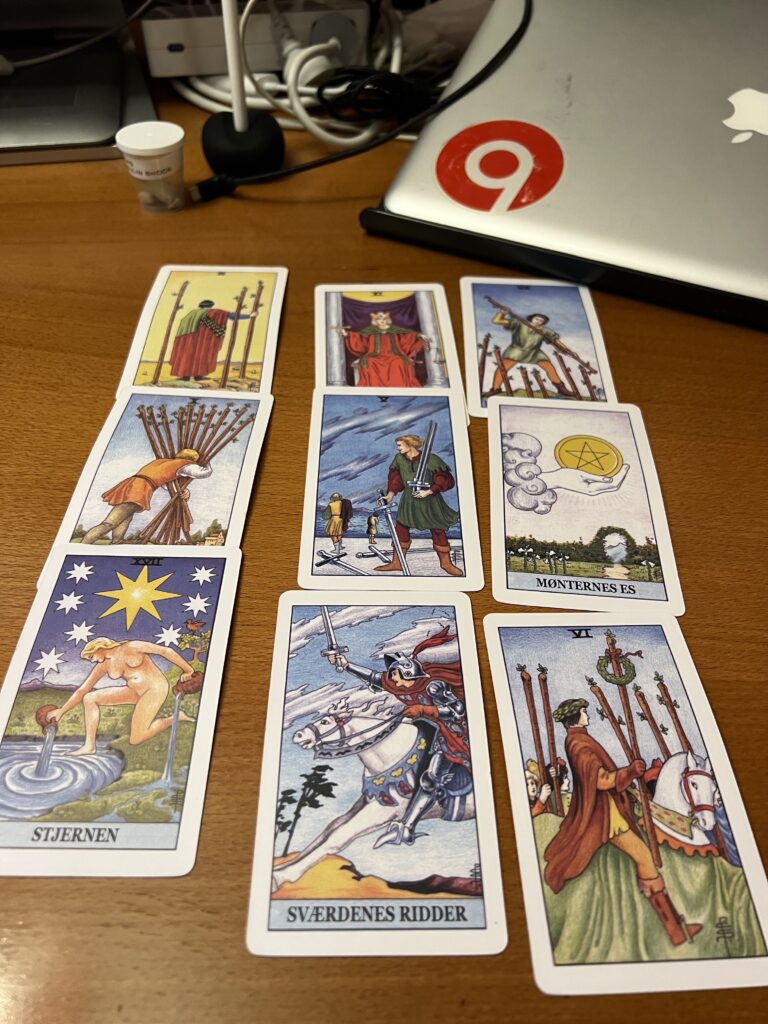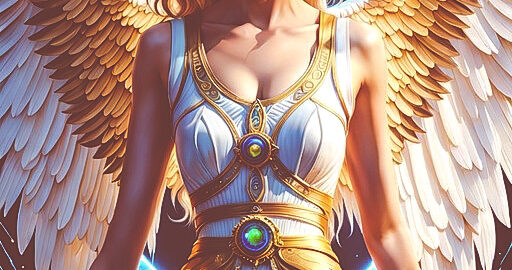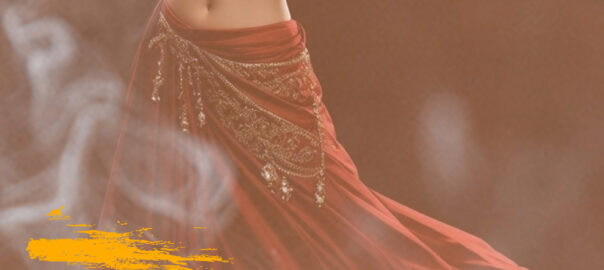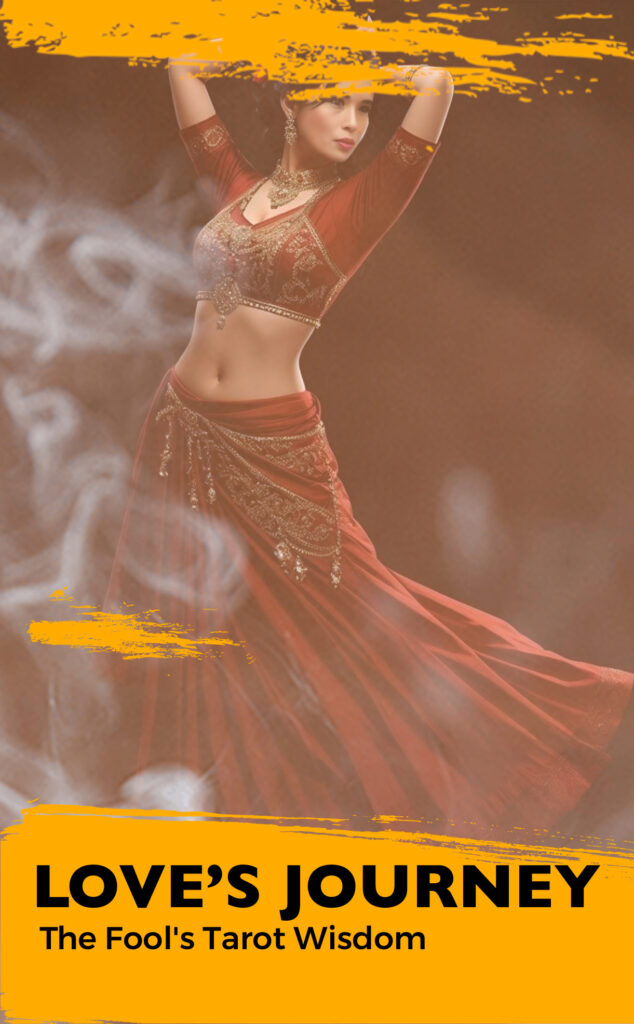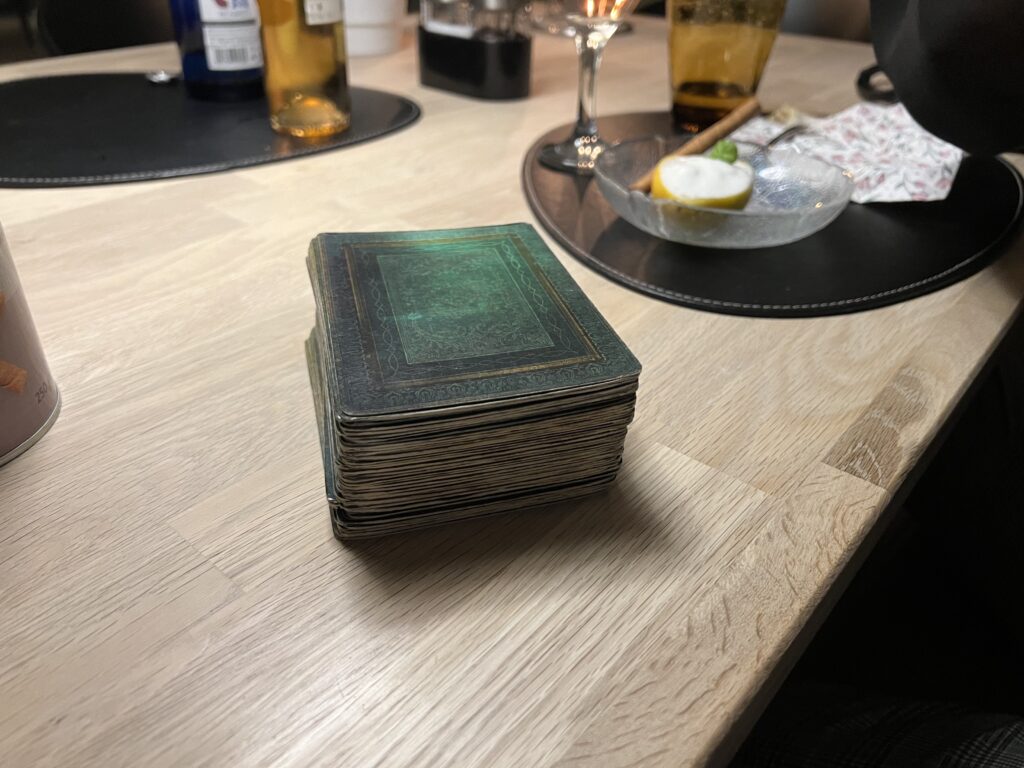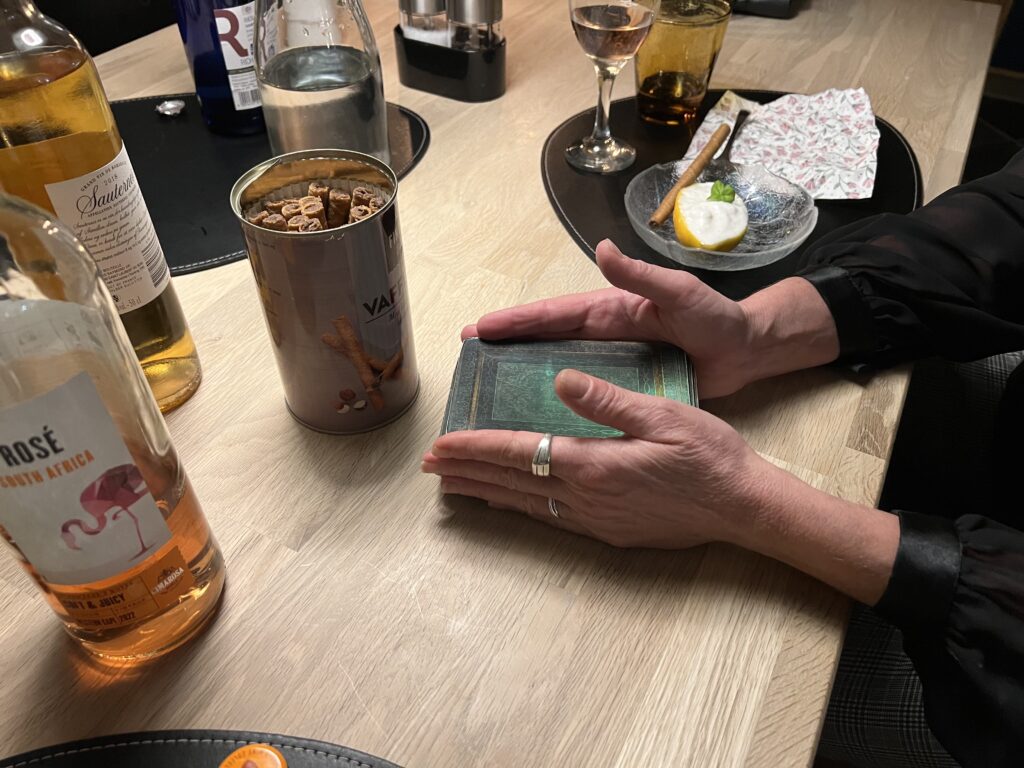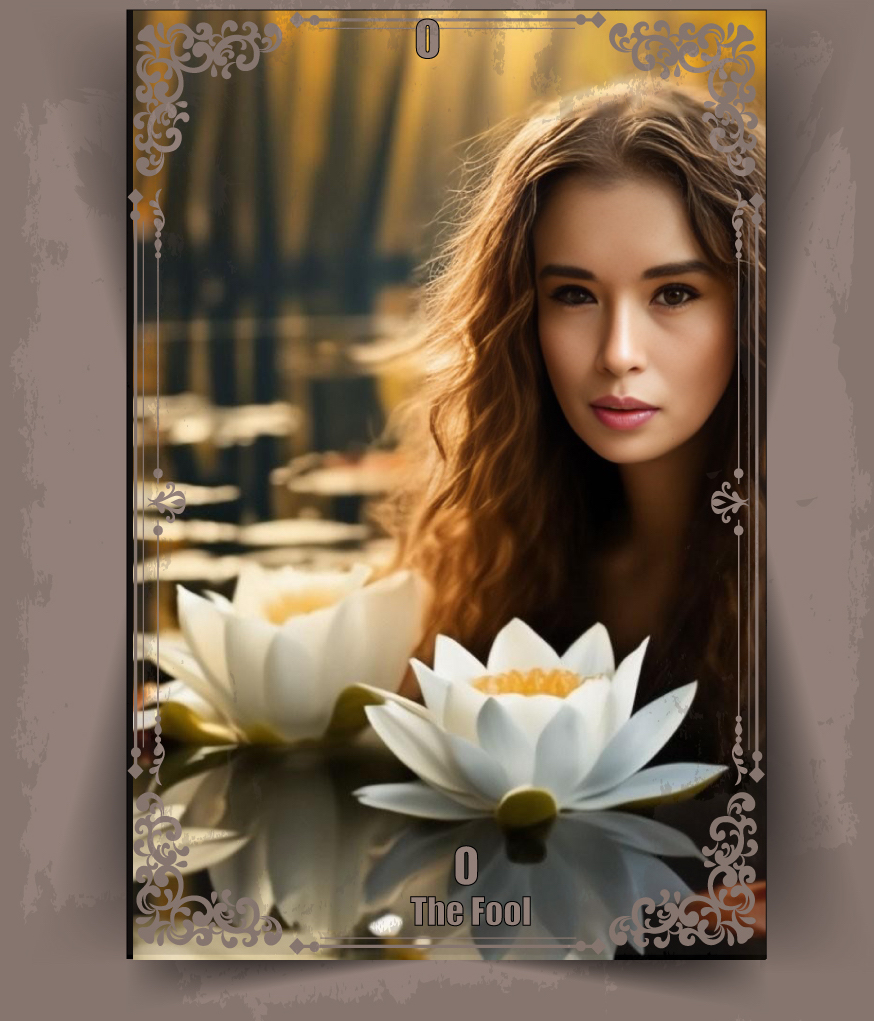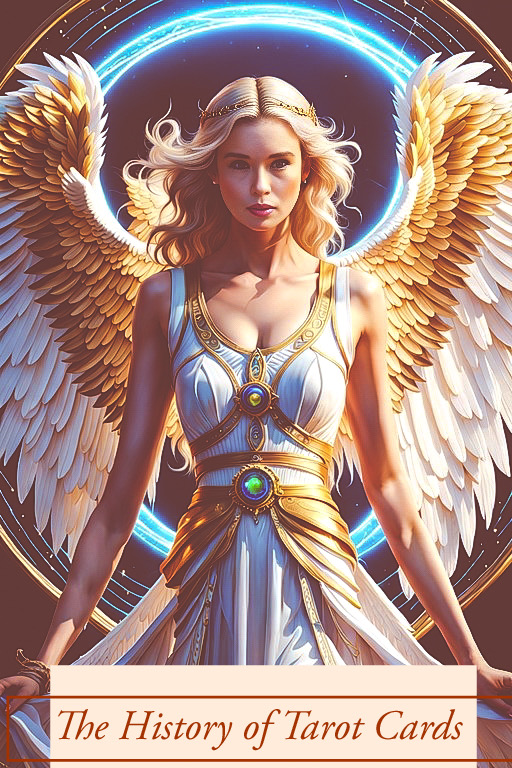
It’s a lazy Saturday, my favorite kind of day. With ample time to savor a leisurely breakfast and indulge in the aromatic dance of coffee, I find myself drawn to the intriguing world of tarot cards.
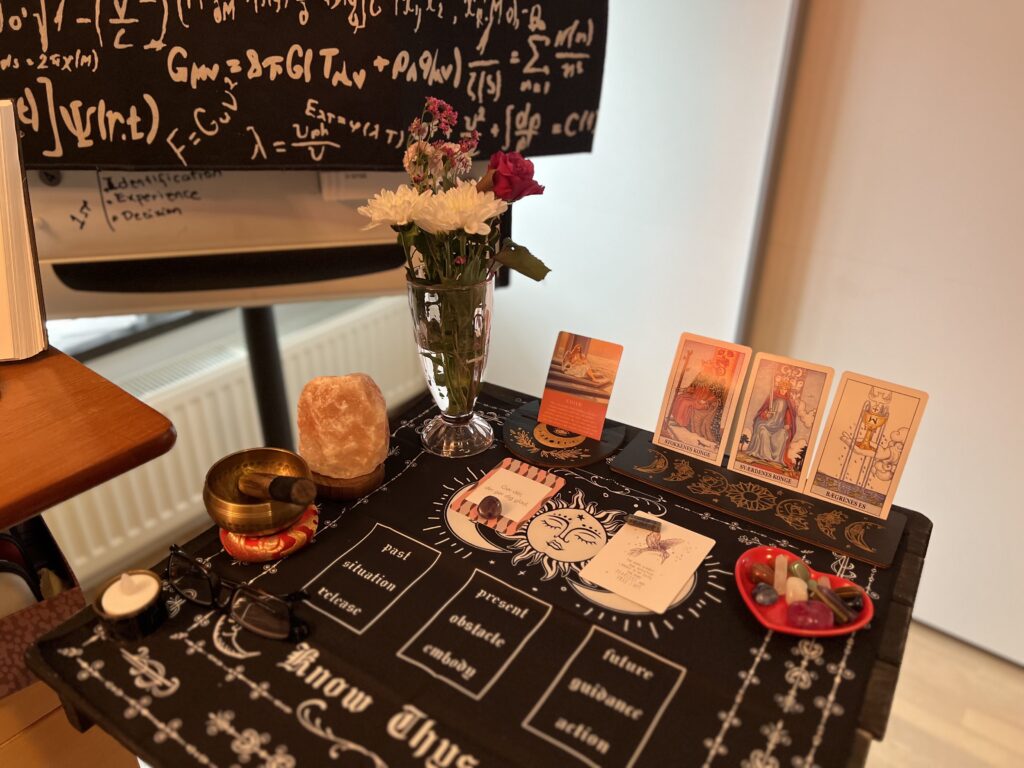
The Shuffle of Destiny
As the morning sun bathes my space in a warm glow, I decide to shuffle the deck. The gentle rustle of the cards creates an anticipation, as if they hold secrets eager to be unveiled. Little did I know, this simple act connects me to a history rich in mysticism and divination.
A Glimpse into the Past:
Tarot cards, with their enigmatic symbols and archetypal images, have a history shrouded in the mists of time. Their origins trace back to the 15th century, likely in Italy. Originally designed as playing cards, they later evolved into a tool for divination and self-discovery.
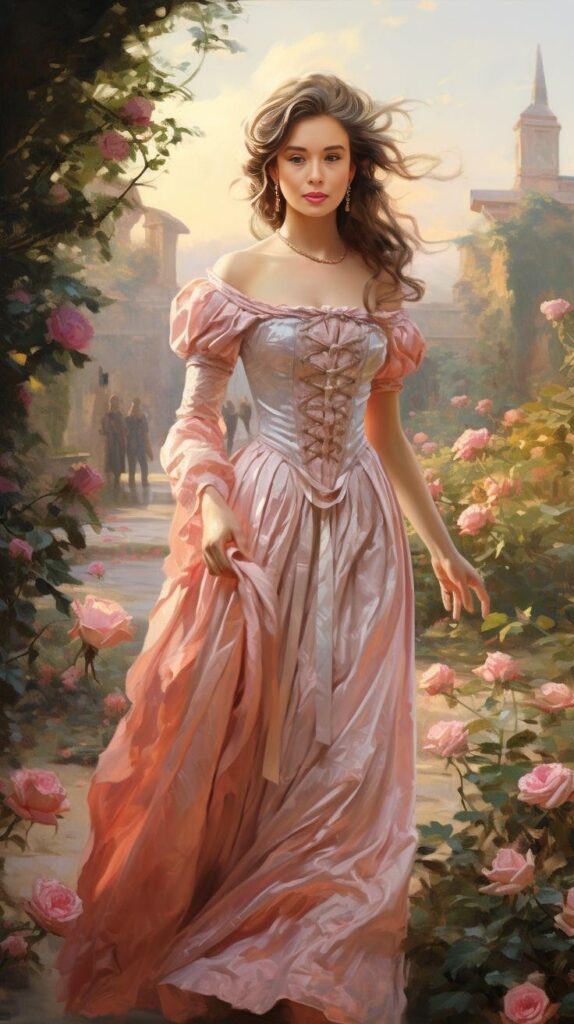
The Renaissance of Tarot
During the Renaissance, scholars and mystics began exploring the esoteric potential of tarot cards. They saw beyond the game of chance and recognized a powerful means of tapping into the subconscious and exploring the threads of fate. The tarot transcended its humble origins to become a gateway to the unknown.
Archetypes and Symbols
One of the fascinating aspects of tarot is its rich symbolism. Each card carries a unique story, representing universal archetypes and aspects of the human experience. The Fool’s journey, the High Priestess’s wisdom, and the Tower’s upheaval—all woven into a tapestry that mirrors the complexities of life.

From Occult Circles to Mainstream Appeal:
While tarot cards found a home in occult practices, the 20th century witnessed a shift. They moved from the fringes into popular culture. Tarot decks became diverse and personalized, reflecting the unique perspectives of artists and practitioners.

Tarot Today
In the present day, tarot has a widespread appeal, transcending borders and belief systems. People turn to tarot not just for divination but as a tool for introspection, gaining insights into their journeys and seeking guidance in the labyrinth of life.
Whether approached with a mystical lens or as a psychological tool, tarot continues to captivate. Its history is a tapestry woven with threads of intuition, symbolism, and a deep understanding of the human psyche.
So, as I shuffle my tarot cards on this quiet Saturday, I’m reminded that I’m part of a timeless tradition—a journey into the enigmatic realms of self-discovery and the ever-unfolding story of tarot.
